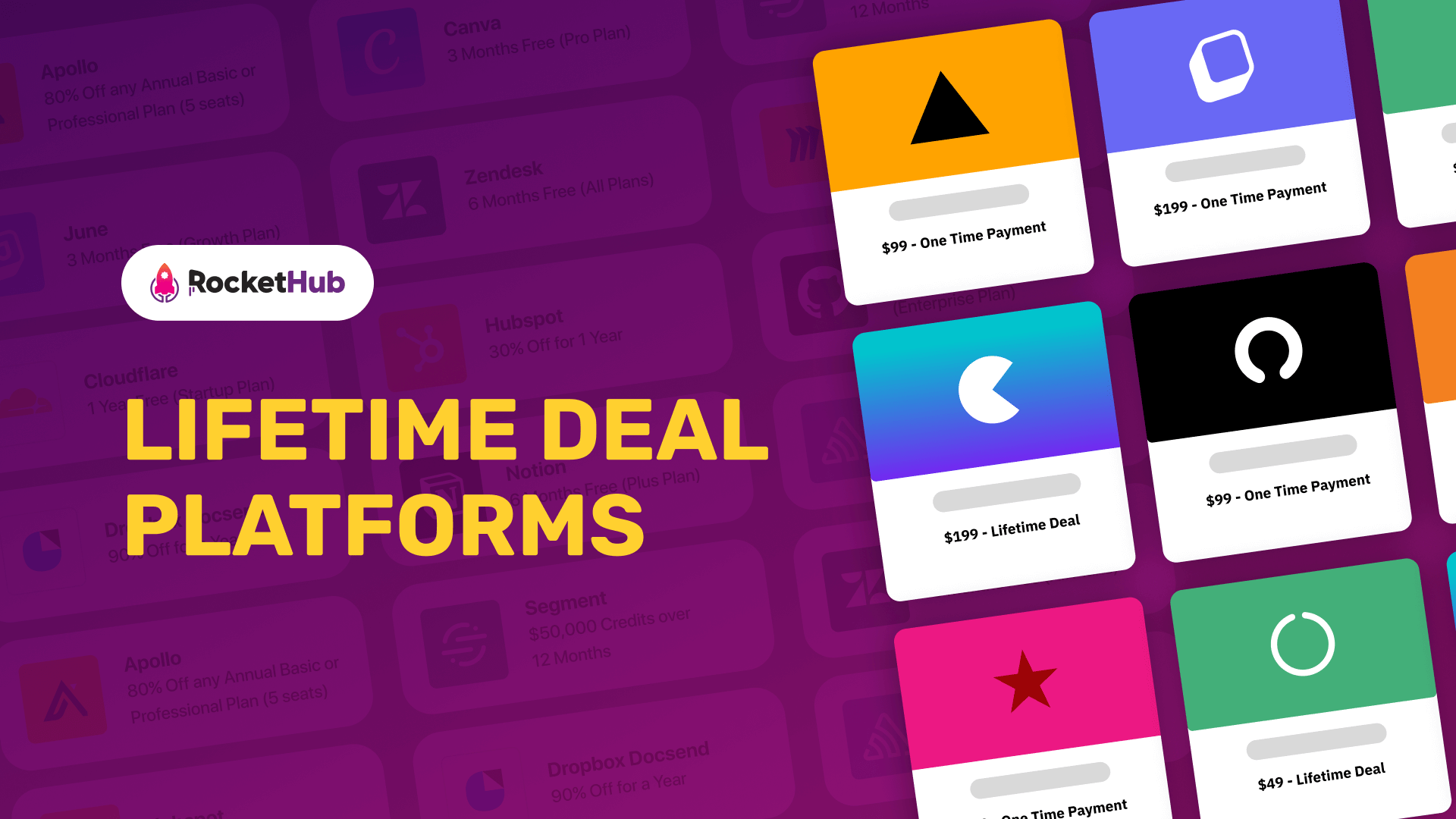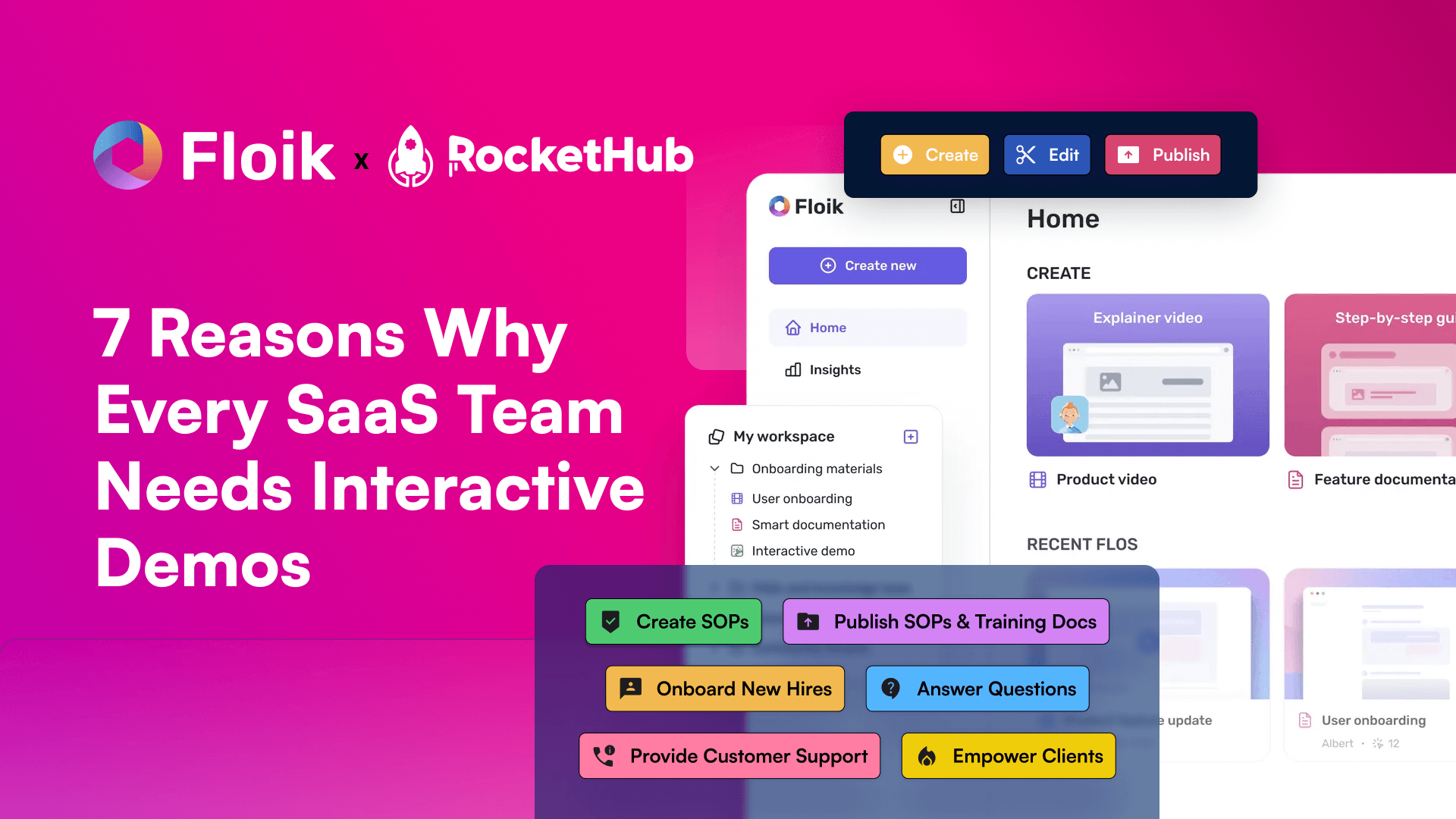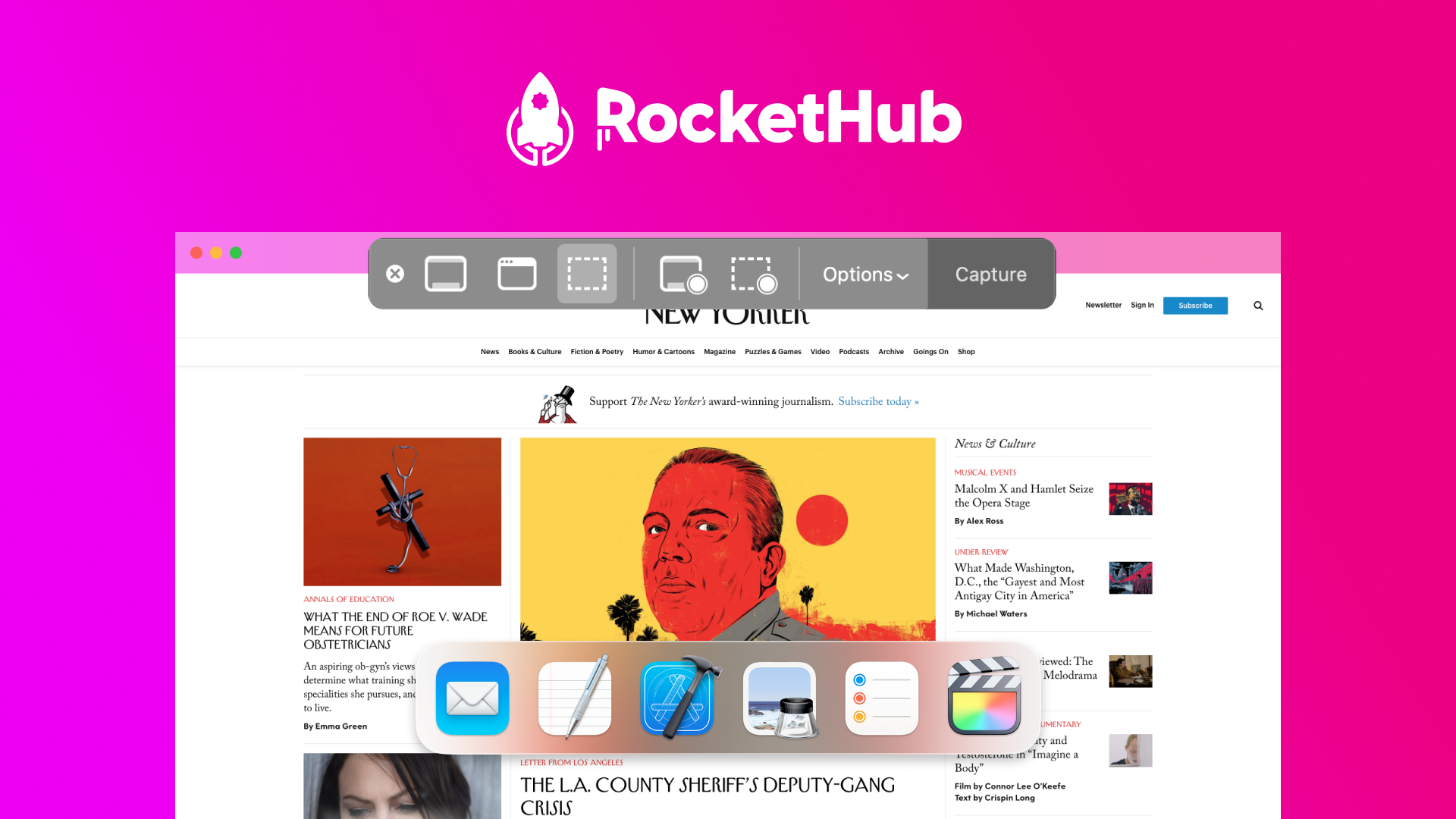
How To Write an Unignorable Brand Story in 2023
- Angel Alfred
- December 27, 2022

As we move into 2023, it will be crucial for businesses to stay ahead of the curve and formulate a brand story that stands out from the crowd. Crafting an unignorable brand story in 2023 will require a combination of creative thinking, a well-researched approach, and an understanding of the latest marketing trends. In this blog post, we will explore some of the best practices for creating a brand story that captures the attention of your audience and communicates your brand’s identity uniquely and effectively.
What is a Brand?
A brand can have many definitions, and it is difficult to pin it down to one specific thing. But in general, a brand can be explained in this way:
A brand has to have the promise to deliver some benefit to its target audience, through each product or service.
Usually, this promise is of 2 kinds:
- Solve a problem: Meet an existing need in the market
- Generate desire: Create a craving/ new need
The audience absorbs the brand message consciously and subconsciously while engaging with the brand and the people who mention it. This creates a perception in the audience’s minds about what the brand stands for, and what makes it unique.
If the business delivers the value it promises, it can generate investment from its target audience, which over time leads to growth.
It’s about understanding who you are and showing that clearly through design and messaging in ways that make people care about what you do.
What is a Brand Story?
A brand story is the essence of a brand, expressed through simple brand narratives and design, that evoke emotional reactions in the target audience and helps them to connect to the brand.
The ’emotion’ part is very important because people don’t always buy the lowest-priced item or make their decisions solely on logic. People buy based on how they feel about a brand.
That feeling could be anything from familiarity, trust, or even personal relationships (like you know someone who works there).
Your brand story includes factors like your origin, experience, mission, product, pricing, quality, purpose, values, location, recommendations, and the experience your audience has interacting with you and buying from you.
Your brand story is an authentic snapshot of who you are, how you intend to help your target audience, what makes you different, and all the reasons and ways that your audience can build a connection to you. Every brand has a story, even yours. But you may not even be conscious of it.
Why is Brand Storytelling Important?
Here’s why brand storytelling is important:
Brands Build Awareness and Set you Apart
A brand is a promise of value and experience that makes an impact. It is a personality, a purpose, a message, a voice, and a set of values and beliefs.
It is YOUR value, and it is unique. Brand life cycles are longer than those of products.
Stories Connect to the Heart
Stories promise emotional experiences and benefits for consumers, whereas products promise primarily direct functional benefits.
Research shows that people buy more based on emotions, then use rationals to justify the emotional decision.
So investing in brand storytelling, instead of simply creating marketing messages about your products, can move your target audience from considering your product, to purchasing it.
A brand Story Can Attract Investment
Besides attracting clients and leads, a well-told story through a brand, with a clear vision, not only can let your audience connect to you and buy from you, but also gain trust and investment from venture capitalists and other financial investors.
Check out any of the Dragon Den episodes to see how every pitch starts with a brand story and how that impacts the investor’s decisions.
Brands Inspire Repeat Purchase
Have you ever experienced a situation, where you just liked a product, but it was one of many? But the service was so great, and you think the people understood you, and you connected to the brand, believed in it, that you just retained your loyalty to it? And maybe even went on to recommend it to others?
Think about the recent Coepernick campaign by Nike. That is the true power of brand stories.
Here are a few essential elements of a brand:
- A brand’s biggest objective should be to match its core offer with the needs of its specific audience. So your customer should always be at the center of all that your brand does.
- A brand needs to stand out. Every brand should have a differentiated positioning and a unique value proposition, even for a niche audience.
- The core offer, positioning, and promise of a brand have to be simple, clear, and easily understood. If your brand offer and messaging are too layered, your audience will have to work hard to understand and connect with you, in which case they simply won’t.
- A brand needs to be honest, transparent, meaningful, and true to its stated values. Only then can it touch the audience’s hearts with its story. 77% of consumers buy from brands that share their values.
- A brand needs to have a reason-to-believe on why it can claim particular expertise. Your brand can claim that it creates the best or the most low-cost product, for example, but how it does that, needs to be believable to your audience.
- A brand should maintain the same tone and message at each touchpoint. Together, all the messages will create a consistent image subconsciously in the minds of the audience, about what the brand stands for.
- A brand promise is the core offer of a brand, about how it can make the lives of its audience better. To gain and retain the trust of your audience, just ensure that your brand consistently delivers the value you promised.
How to Write a Brand Story in 3 Steps
There are 3 steps to creating and writing a brand story.
1. Define Your Story
Identify what your brand truly and proudly stands for.
What it wants to achieve, why it exists, what value it offers, what its personality is like, and how it wants to change the world.
It is very important to be authentic at this stage. Otherwise, your business journey may not be impactful or sustainable.
2. Design Your Brand
Develop an external brand identity that represents your story perfectly.
The brand identity, the tone of voice, and the customer experience will translate the story from paper to a real-life existence.
3. Craft Your Message
Create the perfect way to talk about your brand.
What your brand offer is, the benefit you offer your audience, the actual story woven together with a specific set of words, that you can share at any networking event or 5 min conversation.
Every brand has a story. In this step, you just have to define and structure the story, so that it can be expressed with a visual and verbal identity.
The most important principles of a brand story definition include the following:
a) Market Understanding
The first step to creating a brand story is to build a deep understanding of your niche target market.
Understand the ‘real’ market you are operating in. Within a broader market you can have a smaller one, so understand those specific group dynamics.
Next, understand your competition and your differentiation from them.
Identify your core competition’s offer, strategy, marketing channels, promise, and communication.
If you’re unsure whether to start, a tool like Semrush’s Competition Research will help you get a lot of understanding.
b) Customer Insights
Focus on a niche group, with a specific problem. Solving that problem will help you to build a specific identity and positioning, in their minds. And that is the crux of building a brand.
Understand their biggest unmet needs (pain points) or desires and their purchase behavior. This will clarify how you can solve their problems best and create your communication.
Get an idea of their lifestyle, where they hang out, where they go to find information, and their customer journey. This will help in your marketing.
c) Brand Purpose

Your brand purpose is essentially your ‘why’: the reason for your brand/ business to exist, the contribution you will make to the world through your brand.
d) Brand Mission Statement
Your brand mission statement is the overarching benefit you want to provide for your audience. You can derive it from your brand purpose.
Here are two examples of famous mission statements:
- Google: Our mission is to organize the world’s information and make it universally accessible and useful.
- Paypal: To build the Web’s most convenient, secure, cost-effective payment solution.
e) Unique Value Proposition
Your unique value proposition is essentially the uniqueness you bring to your audience.
What you stand for, what you deliver that is different from your competition, and why your audience should believe you. See the template below to guide you on how to write a unique value proposition.
f) Brand personality
Define the personality of your brand, almost like it were a person.
Is it more playful/ fun, or more serious and formal? Is it more classic and elegant, or more modern and tech? Is it an everyday, relatable, human brand, or more chic, upscale, and aspirational?
g) Brand Promise
Your brand promise is your brand’s unique value proposition captured in 1-2 lines. Eventually, a story is defined by words and media. Use the right words to describe your brand.
Design Your Brand
Now that you have determined what your brand stands for, its differentiation, its mission, and its full story, you have to bring that story to life.
You have to express your brand description with relevant visual and written representation. In other words, you have to now create the visual identity of your brand.
This includes the name of your brand, the design, the tone of voice, the colors, and the actual messaging, which are all different aspects of your brand identity. But that’s not all.
You have to define your customer experiences too, because as you saw above, a brand is essentially an experience for the customer, so at every touchpoint, this experience is very crucial.
1. Brand Name
If you’re wondering how to come up with a brand name, these are the most essential factors to keep in mind:
- The brand mission and promise
- Emotional connections that the brand can form with the audience
- The brand personality and the values
- Any other references that your audience may identify with. Like local or cultural references
- An ideal brand name is a combination of the above. Of course, if you are a service-based solopreneur, your business brand can also be your brand.
But if you would like your product brand to be different from you, and not just have you as an identity, try to brainstorm a few names that represent all that your brand story stands for.
2. Brand imagery
Your brand imagery is not just a logo. It’s an entire persona. It includes but is not limited to:
- Logo
- Design elements
- Colors
- Stationery (Business cards, letterheads, envelopes)
- Packaging
- Store design and furniture
- Signages
- Powerpoint template
3. Brand Tone of Voice
For a consumer, it’s not just what a brand says that’s relevant and important, but also how the brand says it. So this is essentially the communication style that the brand will use.
Identify one that will help you connect best with your audience. Here are some brand tone of voice examples to get inspired by.
4. Customer Experience
Define the experience customers will have at each interaction with the brand. The key topics to address are:
- Detailed info & explanation
- Questions & Contact
- Purchase process
- Ease of product/ service use
- After-sales support
- Troubleshooting
Craft your Marketing Message
There are 3 kinds of messaging you could create for your brand:
- Brand Message
- Tagline
- The full one-page story
- Brand message
The brand message is the direct brand benefit, the specific problem solved by the brand. This you MUST have.
Here are some examples:
- FedEx: The World on Time
- Citibank: The Citi Never Sleeps
- Subway: Eat Fresh
Your brand promise and message are very important as these would be the first messages your audience will see on your website.
1. Brand Tagline
A brand tagline is the state of being/ feeling that the brand helps you attain. Creating this is optional. But if you want to clarify your message further with a tagline, look at your mission and take it one step further, with a few powerful words.
2. Write Your Brand Story
The final step is about how to write a brand story, and the words you choose to describe your business or brand are particularly relevant.
See the brand story framework below, for the different elements of the story you should create, and which section of your brand story definition you can draw inspiration from.
- Element: Who the brand (the protagonist) is, and what are their origins?
- Inspiration: positioning statement
- Element: Why the brand was launched: to solve which problem? For whom? Why does it do what it does?
- Inspiration: audience, brand purpose, mission, values
- Element: How does it solve the problem now?
- Inspiration: Unique Value Proposition, brand promise, marketing message, brand tagline
- Element: What is the character of the brand? How does it conduct its business, and how does it behave when it offers the solution to the problem? What does it believe in, and feel strongly about?
- Inspiration: Tone of voice, look and feel, personality, values, and customer experience
- Element: What does the brand plan to do in the future? What change will it create in the world?
- Inspiration: Brand vision
In the end, remember, that every single thing you say and do is a reflection of your brand.
The last step of creating a brand story is to put it together. The best way is to create a brand platform that includes all the key elements of your brand story.
You can also combine it with the brand kit to create a complete brand book and brand guidelines.
What Makes a Compelling Brand Story?
As you craft your brand story, remember that a story that connects best with its customers will have the following aspects in common:
1. It is Human
Stories that connect best are those that have a human(is) in the brand background. After all, businesses don’t just appear in the world. Someone, somewhere, starts one. A brand story that can talk about the origin and value of the people behind a brand, is one that can easily connect to the target audience.
You don’t need to add layers of information to your brand story. The simpler it is, the better. Simple stories are easier for people to connect with.
2. It is Emotional
Don’t you remember and share with others those stories best that make you laugh, cry, or be surprised? It is the same with brands. A brand that has a powerful mission and vision, based on changing the world, making a difference, and genuinely providing value, will draw at your customer’s heartstrings and inspire more connection.
3. It is Memorable
As mentioned earlier, a brand has to be unique. Otherwise, you’re just one more entity in a sea of billions. And it is this uniqueness that makes you memorable. You don’t have to be unique in all aspects of your story. You could share a mission with another brand, for example.
Concluding Tips
The following are some concluding tips, to sum up this article:
Share Your Story
Creating a brand story is just one part. To get maximum benefits out of it, you have to share your story with your stakeholder. This could include your customers, suppliers, influencers, anyone else connected to your brand, and anyone else you need to trust you.
You could share your story on social media, on your website, via email, and on any other marketing material, you create to promote your brand or boost your SEO.
Create Content
A fantastic way to create more understanding and buzz around your brand story is by telling your brand story through content.
You could create blogs, videos, podcasts, infographics, or any other kind of media, or a mix of all of them. The common element in all of them would be to uphold your brand story in each piece of content.
Be Consistent
Trust takes time to build. Brand recall may be even longer. It takes 5 to 7 impressions for people to remember a brand. So be regular in sharing your content and your story, and be present in the channels where your audience is.
Over time, your brand will build a certain perception and impression in the minds of your audience, and eventually gain their trust.
Get the full brand storytelling guide with worksheets and templates to develop your unique and powerful brand story.
Wrapping Up
It is essential to create a consistent, compelling story that stands out from the competition and drives action toward your brand. By staying on top of the latest trends and technologies, as well as engaging customers in new and creative ways, you can create a brand story that will capture the attention of your audience and make your business stand out in a crowded marketplace.
Check out more blogs by us here and broaden your knowledge about the SaaS world.
Share This Post
Angel Alfred
Angel is a digital marketer, a mental health speaker, and above all, a writer. She loves being a part of the RocketHub team and is keen on learning and taking over new challenges every day!
Table of Contents
Get The Latest Updates
Subscribe To Our Weekly Newsletter
Sign up below to be one of the first crew members onboard and get early access to amazing deals.
Recent Posts


Social Media
Categories
Related Posts

Lifetime Deal Platforms
The best lifetime deal platforms for software. Platforms lik RocketHub scour the web for the highest quality products to bring buyers the best lifetime deals on their platform.

How to Work for Yourself + 13 Solo Business Ideas
Do you ever wonder if being your own boss could truly set you free? In this article, we’ll explore the theory that unleashing entrepreneurial freedom

7 Reasons Why Every SaaS Team Needs Interactive Demos
Making a Case for Interactive Demos: 7 Reasons Why Every SaaS Team Needs Them Let me paint a scenario for you. You want to buy


